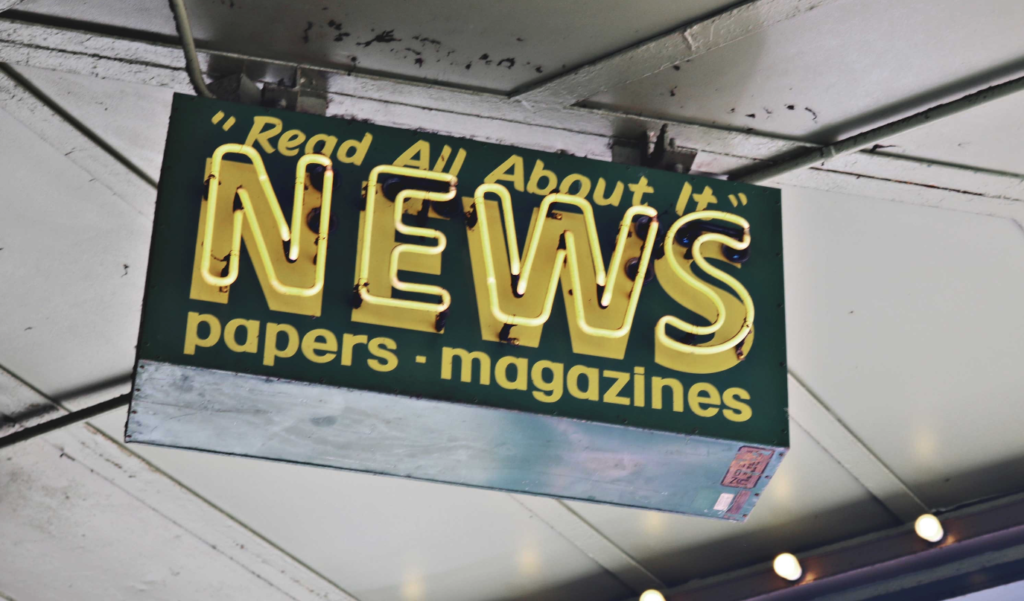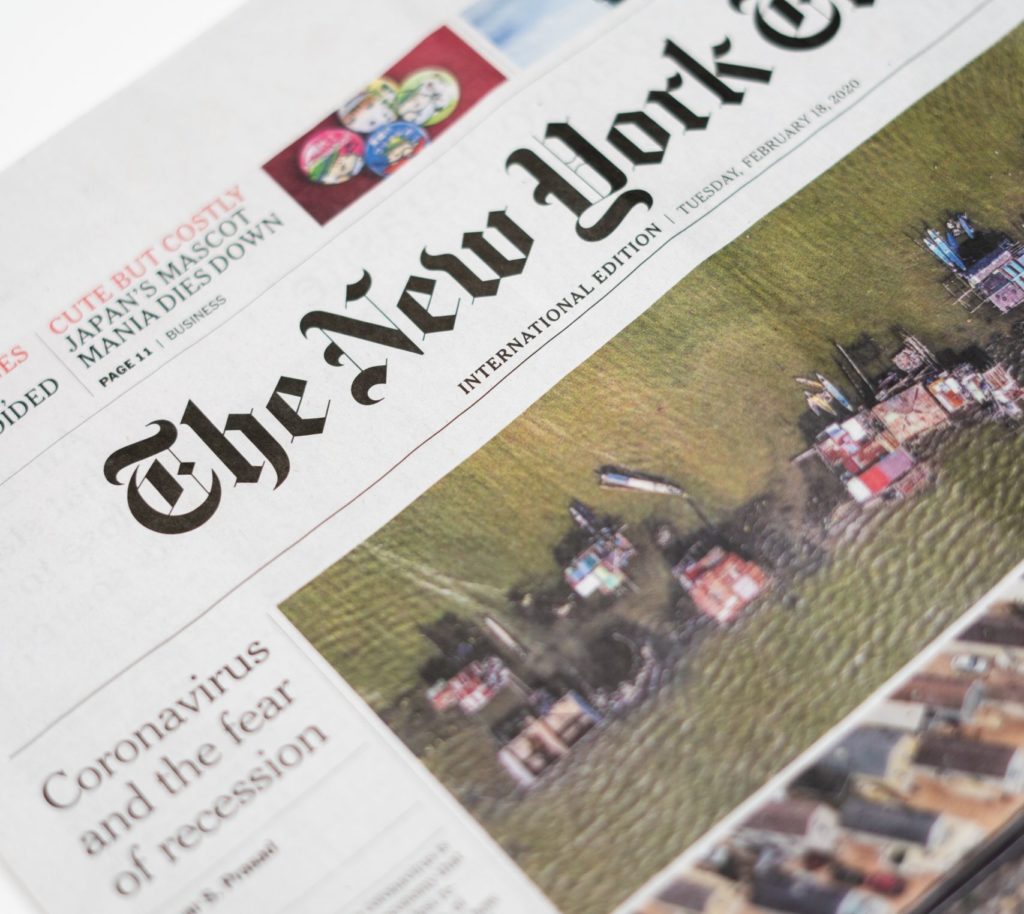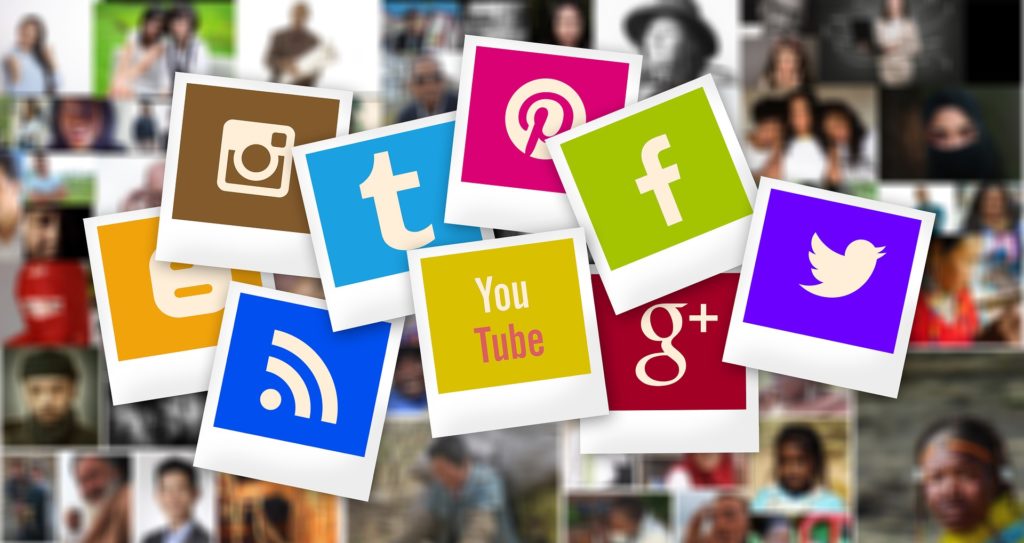
News junkie. Noun. One who is addicted to the news …
… and a term I use to describe myself on my social media profiles.
As far back as I can remember, the news has been a big part of my life. As a child, I would watch “60 Minutes” during Sunday night family dinner and “The 10 O’Clock News” before bedtime. “It’s 10 p.m., do you know where your children are?” is a question that is still stuck in my head today.
Thanks to the 24-hour news cycle, I can be and have been up all night just waiting for an update to a news story so I do not miss anything happening in the world. Not surprisingly, I majored in journalism in college and worked in the TV news industry before switching careers to public relations.

As a public relations professional, part of our job is to know the media, inside and out. To be successful placing clients in the press you have to become, well, a bit of a news junkie. For any media outlet or reporter you are pitching, it’s imperative to understand who and what they report on in order to become a trusted resource. I’ve seen many a reporter complaining in PR/journalists online groups about pitches they receive from PR pros who clearly don’t read their column or watch their segment.
Young professionals who are just starting out have only known a world with social influencers driving which topics trend on any given day. The rise of social media has impacted the way people consume more traditional news content, but there are still plenty of opportunities to reach people through mainstream news outlets. Below are some of my favorite tips for getting your clients top coverage:
1. Watch, listen, learn. I record multiple news and talk shows, not so much for my own personal entertainment, but to see if a client would be a good fit. I ask myself, “Who do they interview?” “How long are the segments?” “Are they live or taped?” “In-studio or still over Zoom?” If you cannot record from your television, you can watch these shows online or on demand. Even watching just one episode will help you understand a show’s format. This approach applies to print publications as well. The next time you are at a supermarket or drugstore, pick up a magazine or a newspaper (they still exist) and flip through the pages for some inspiration.
2. Do your homework. Before the pandemic, I would sit in the audience of talk and morning shows. I like to see firsthand how they are produced. Do they give goodie bags to the audience where I can include a client’s product? Do they have an on-set kitchen if my client is a chef? Do they do what’s called live-to-tape (shot in real-time with no editing) or do they do a few takes and edit the best one for air (this is especially important when you are prepping your client)?
3. Follow reporters on social media. You can get to know a lot about a reporter or producer by following their social profiles. Get familiar with what they are tweeting or posting about. Ask yourself how your client can be part of the conversations they’re having. Do they mention kids, pets, where they live, travel destinations? What photos are they posting that are relevant to your client? Don’t be stalkerish about it, but when appropriate you can mention something you noticed that might fit into your pitch.
4. Be on top of breaking news. We all know what it means when the red background comes up on 11 p.m. news or interrupts our favorite show, or the pop-up on our computer when we are in the middle of writing a pitch. Breaking News! I immediately put down anything I might be doing, and raise the volume or scan the story to know what is developing. Breaking news could mean timely coverage for your client if they have relevant expertise to offer. For me, working from home means I have the TV and radio (your smart home devices can play most local stations) on in the background (“ambient noise”) and multiple screens open for that pop-up news alert.
5. Monitor, monitor, monitor. Let the news come to you. Set up tools like Google Alerts to monitor for trending topics. Subscribe to a publication’s newsletter in your client’s location or industry. I do this to learn about reporters or columns and sections I might not have known about and want to add to my media lists. theSkimm is one newsletter I recommend that gives you top mainstream news stories in one place, delivered to your inbox every morning. It’s a quick and easy read. Many industries also have news aggregator services so you can track, such as RamaOnHealthcare.
Being a news junkie doesn’t require 24/7 consumption of the media. With all the tools now at our disposal, it’s easy to catch up on what you missed while offline. What are some of the tools you use to stay in the know?

